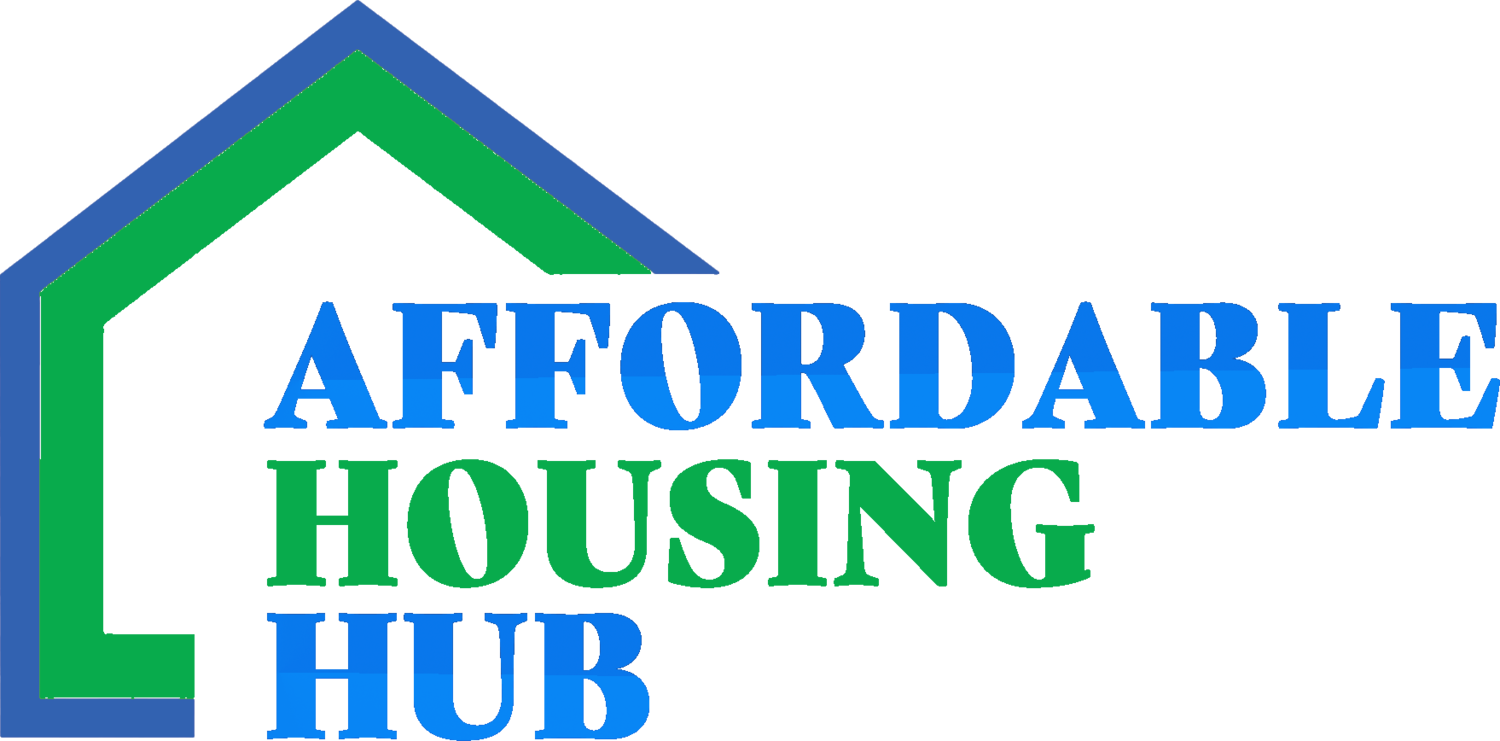Alaska Section 8 Housing
/The Alaska Section 8 Housing program, also known as the Housing Choice Voucher Program, helps low-income families, seniors, and individuals with disabilities find affordable housing. This federal program subsidizes a portion of monthly rent payments, making safe and secure housing more accessible. In Alaska, where the cost of living is high and housing options are limited, Section 8 plays a critical role in supporting those in need.
According to the Alaska Housing Finance Corporation, over 15% of the state’s population lives in poverty, with many struggling to afford adequate housing. Limited affordable rental options and rising homelessness make programs like Section 8 essential. This guide offers a comprehensive overview of Alaska’s Section 8 program, including eligibility requirements, application steps, and emergency housing assistance options.
Section 8 Housing Requirements in Alaska
To qualify for Section 8 in Alaska, applicants must meet specific criteria:
Income Limits: Income must fall at or below 50% of the area’s median income (AMI). For example, in Anchorage, the income limit for a family of four in 2025 is $63,400. These limits vary by region and family size.
Citizenship or Eligible Immigration Status: Applicants must be U.S. citizens or have qualifying immigration status.
Criminal Background: A clean criminal record is required. Applicants with histories of violent crimes or drug-related activities may be disqualified.
Rental History: A positive rental history, without evictions due to criminal behavior, is necessary.
Eligible housing options include apartments, townhouses, and single-family homes. Properties must pass an inspection to ensure they meet HUD’s health and safety standards. Landlords must also agree to participate in the Section 8 program.
How Much Does Section 8 Pay in Alaska?
Section 8 assistance is determined using Fair Market Rents (FMR), which HUD updates annually. The FMR represents the typical cost of renting a moderately priced unit in the local market. Tenants pay approximately 30% of their income toward rent, with Section 8 covering the rest, up to the FMR limit.
Projected FMRs for 2025 in Alaska include:
Who Qualifies for Section 8 in Alaska?
Section 8 in Alaska is open to low-income families, seniors, and individuals with disabilities. When demand exceeds the availability of vouchers, priority is given to households with the most pressing needs, such as:
Families with children
Seniors
Individuals with disabilities
Homeless individuals or those at risk of homelessness
To apply, applicants must provide documentation, including proof of income, Social Security numbers, and verification of family size. The program considers factors like medical and childcare expenses to determine eligibility. Meeting these criteria does not guarantee immediate assistance due to high demand and limited funding.
Income Limits In Alaska
It is important to understand income limits when considering applying for the Section 8 Housing program in Alabama. The program is designed to assist low-income families, seniors, and individuals with disabilities with affordable housing, and income limits are used to determine eligibility.
In Alabama, income limits vary by area and family size. For example, in the Huntsville area, the income limit for a family of four is $50,300, while in the Birmingham area, the income limit for a family of four is $45,150. These income limits are updated annually and can change based on changes in the local economy and housing market.
It is important to note that income limits are based on gross income, which includes all income before taxes and deductions. Income from all members of the household is included in the calculation, including wages, salaries, Social Security, pensions, and other sources of income.
Who Qualifies for Section 8 Alaska?
The Section 8 Housing program in Alaska is open to eligible low-income families, seniors, and individuals with disabilities. To apply for assistance, individuals must meet the eligibility criteria outlined in Section II.
When there are more applicants than available vouchers, the program uses a prioritization system to determine who receives assistance first. Priority is typically given to families with children, seniors, and individuals with disabilities. In some cases, the program may also prioritize those who are homeless or at risk of becoming homeless.
The program determines eligibility based on income, family size, citizenship status, and other factors. Applicants must provide documentation to verify their income, including pay stubs, tax returns, and other financial statements. The program also considers factors such as family size, medical expenses, and childcare expenses when determining eligibility.
It is important to note that meeting the eligibility criteria does not guarantee acceptance into the program. Due to limited funding and high demand, there may be a waiting list for assistance. Applicants can check their status on the waiting list and update their information as needed.
Alaska’s Section 8 Waiting List
Because of high demand, many areas in Alaska maintain waiting lists for Section 8 assistance. The waiting list operates on a first-come, first-served basis, but priority may be given to vulnerable populations.
| State | City | Availability |
|---|---|---|
| Alaska | Anchorage | Open |
To check your status on the waiting list or update your application, contact the Public Housing Authority (PHA) where you applied. It’s important to keep your information current, including changes to income, family size, or contact details.
While waiting, explore other housing options, such as subsidized housing or transitional housing, and seek financial counseling to improve your situation. Staying informed about waiting list updates and deadlines is key to securing assistance when vouchers become available.
Emergency Housing Assistance in Alaska
If you face an immediate housing crisis, Alaska offers several emergency assistance programs:
| State | Website |
|---|---|
| Alaska | Alaska Housing Relief |
An Emergency Solutions Grant (ESG) may also provide funding for shelters, rapid re-housing, and homelessness prevention, while the Alaska Temporary Assistance Program (ATAP) offers short-term financial help to families with children at risk of homelessness. In addition, some organizations like the Salvation Army and Catholic Social Services provide transitional housing and support.
For immediate help, contact local shelters or dial 2-1-1 to connect with community resources. Acting quickly can prevent homelessness and ensure access to temporary support.
How to Apply for Section 8 in Alaska
To apply for Section 8 in Alaska, contact your local Public Housing Authority (PHA). The application process typically involves the following steps:
Complete the Application: Provide details about your household, income, and rental history.
Submit Documentation: Include pay stubs, tax returns, Social Security cards, and proof of citizenship or eligible immigration status.
Submit Background Check: PHAs may conduct background checks and contact references.
Wait for Approval: Processing times vary depending on voucher availability and application volume.
Once approved, you will receive a voucher to secure housing. The amount of assistance depends on your household’s income and local rent limits. Be prepared for possible delays due to waiting lists.
Alaska Housing Authorities
Alaska’s housing authorities administer Section 8 and other programs across the state. The largest is the Alaska Housing Finance Corporation (AHFC), which oversees most housing initiatives. Regional authorities also serve specific communities, offering programs like public housing and homeownership assistance. Contact your local housing authority for personalized guidance and support, using the information below.
| Housing Authority | Contact Information | Website |
|---|---|---|
| Alaska Housing Finance Corporation | 4300 Boniface Pkwy, Anchorage, AK 99504 (907) 338-6100 |
Visit Website |
| Anchorage Housing Authority | 525 W 4th Ave, Anchorage, AK 99501 (907) 258-4776 |
Visit Website |
| Bristol Bay Housing Authority | PO Box 365, Dillingham, AK 99576 (907) 842-5953 |
Visit Website |
| Cook Inlet Housing Authority | 3510 Spenard Rd, Anchorage, AK 99503 (907) 793-3000 |
Visit Website |
| Interior Regional Housing Authority | 3150 Airport Way, Fairbanks, AK 99709 (907) 452-8315 |
Visit Website |
| Ketchikan Indian Community Housing Authority | 2960 Tongass Ave, Ketchikan, AK 99901 (907) 225-2155 |
Visit Website |
| Kodiak Island Housing Authority | 3137 Mill Bay Rd, Kodiak, AK 99615 (907) 486-8111 |
Visit Website |
| Northwest Inupiat Housing Authority | PO Box 1, Kotzebue, AK 99752 Phone: (907) 442-3301 Email: nwihainfo@nwih.net |
Visit Website |
| Tlingit-Haida Regional Housing Authority | 9097 Glacier Hwy, Juneau, AK 99801 Phone: (907) 780-6868 Email: thhousing@cthcc.org |
Visit Website |
| Yukon Kuskokwim Delta Regional Housing Authority | PO Box 129, Bethel, AK 99559 Phone: (907) 543-3121 Email: ykdha@ykdha.com |
Visit Website |
Tenant Responsibilities in the Section 8 Program
As a Section 8 tenant, you must:
Pay Your Share of Rent on Time: Timely payments are essential for maintaining your housing assistance.
Maintain Your Rental Property: Keep your home clean and report maintenance issues promptly.
Inform the PHA of Changes: Report any changes in income or family size to avoid overpayment or loss of assistance.
Follow Lease Terms: Adhere to rules about property use, noise, and visitors.
Failure to meet these responsibilities can result in the termination of your voucher. Staying compliant helps ensure long-term housing stability.
Moving Toward Housing Security in Alaska
The Section 8 Housing program is a vital resource for Alaskans seeking affordable and secure housing. By providing rental assistance, it supports low-income families, seniors, and individuals with disabilities in achieving housing stability.
If you’re struggling with housing costs, consider applying for Section 8 or exploring emergency assistance programs. Together, we can work toward ensuring safe and affordable housing for all Alaskans.










